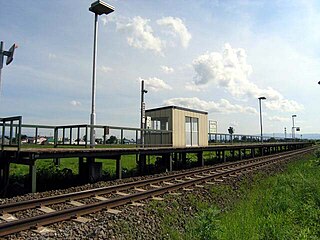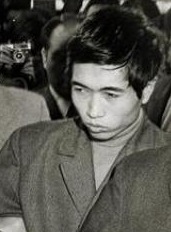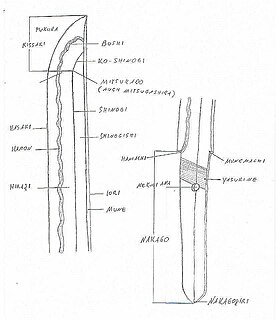| Mount Nagayama | |
|---|---|
| 永山岳 | |
| Highest point | |
| Elevation | 1,978 m (6,490 ft) |
| Prominence | 18 m (59 ft) |
| Parent peak | Mount Pippu |
| Listing | List of mountains and hills of Japan by height |
| Coordinates | 43°42′6″N142°50′49″E / 43.70167°N 142.84694°E Coordinates: 43°42′6″N142°50′49″E / 43.70167°N 142.84694°E |
| Geography | |
| Location | Hokkaido, Japan |
| Parent range | Daisetsuzan Volcanic Group |
| Topo map | Geographical Survey Institute 25000:1 愛山溪温泉 50000:1 大雪山 |
| Geology | |
| Mountain type | stratovolcano |
| Volcanic arc/belt | Kurile arc |
Mount Nagayama(永山岳Nagayama-dake) is a stratovolcano [1] located in the Daisetsuzan Volcanic Group of the Ishikari Mountains, Hokkaido, Japan.

A stratovolcano, also known as a composite volcano, is a conical volcano built up by many layers (strata) of hardened lava, tephra, pumice and ash. Unlike shield volcanoes, stratovolcanoes are characterized by a steep profile with a summit crater and periodic intervals of explosive eruptions and effusive eruptions, although some have collapsed summit craters called calderas. The lava flowing from stratovolcanoes typically cools and hardens before spreading far, due to high viscosity. The magma forming this lava is often felsic, having high-to-intermediate levels of silica, with lesser amounts of less-viscous mafic magma. Extensive felsic lava flows are uncommon, but have travelled as far as 15 km (9.3 mi).

The Daisetsuzan Volcanic Group is a volcanic group of peaks arranged around the 2 kilometres (1.2 mi) wide Ohachi-Daira caldera in Hokkaidō, Japan. In the Ainu language it is known as Nutapukaushipe or Nutaku Kamushupe. These peaks are the highest in Hokkaidō. The group lends its name to the Daisetsuzan National Park in which the volcanic group is located.
The Ishikari Mountains is a range of volcanic mountains in central Hokkaidō, Japan. The mountain range is made up from the Daisetsuzan Volcanic Group and the Tomuraushi Volcanic Group. The volcanoes are part of the Kurile arc of the Pacific ring of fire.











